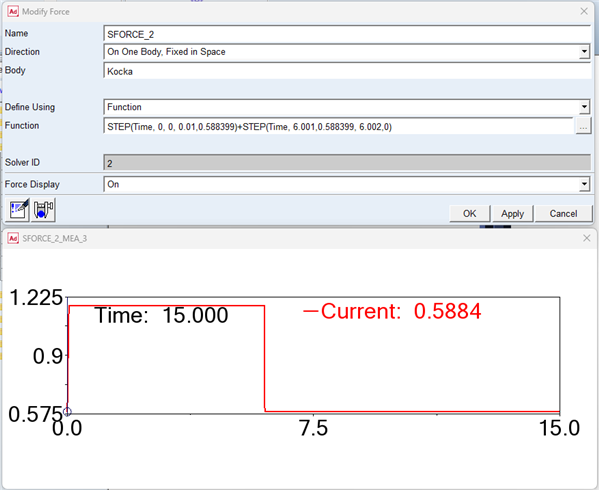can someone help me with my problem in Adams View. I am simulating two finger robot gripper. I am simulating it on the cube. Now I want to parametrize that cube to be able to move it on x, y and z. i want also to be able to rotate cube.
Your Products have been synced, click here to refresh

